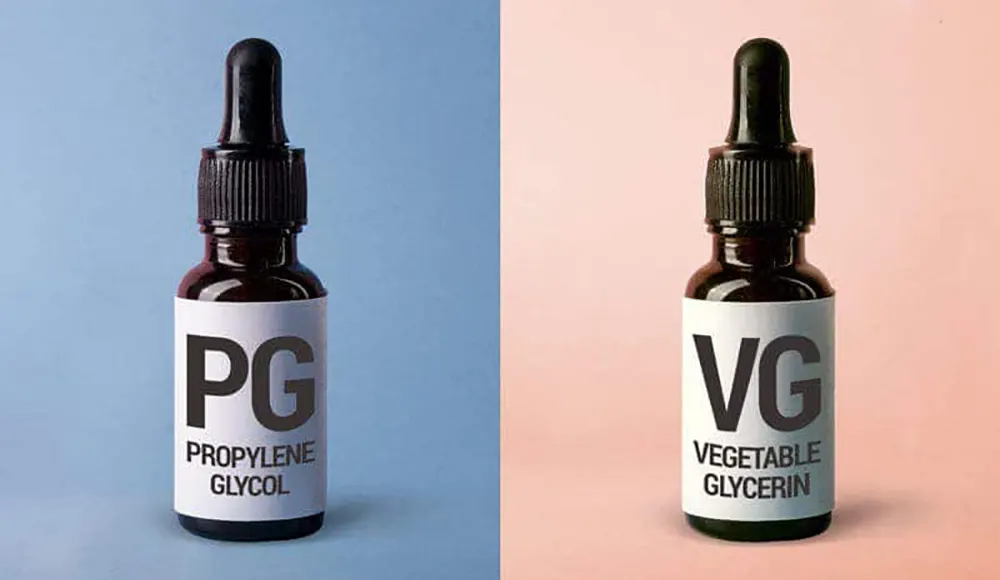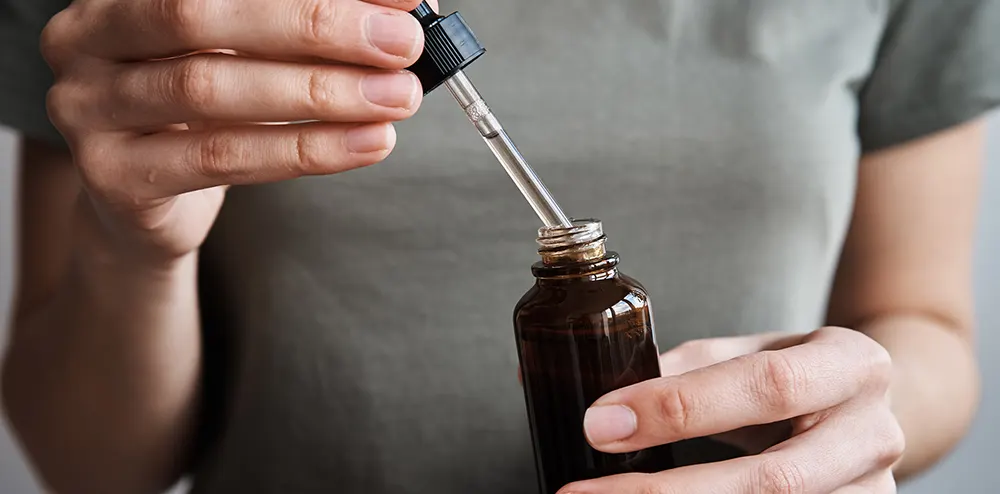Hey there, fellow vapers and curious minds! If you’ve ever dabbled in the world of refillable e-cigarettes, you’ve likely encountered the mysterious abbreviations “PG” and “VG” on your e-liquid bottles. Let’s understand the ingredients in your vape juice, shall we?
PG: The Flavor Carrier
PG stands for Propylene Glycol, a colorless and odorless liquid with a thin consistency. In the vaping universe, PG is cherished for its ability to deliver a “throat hit” that mimics the sensation of traditional smoking. It’s also a superb flavor carrier, ensuring that the taste of your e-liquid pops with every puff. Many flavor concentrates and nicotine solutions are suspended in PG, making it a staple in many e-liquids.
VG: The Cloud Chaser’s Companion
On the flip side, VG stands for Vegetable Glycerin, a natural compound derived from plant oils. It’s thicker than PG and has a slight sweetness to it. VG is responsible for those voluminous clouds of vapor that many vapers adore. It provides a smoother throat hit, making it ideal for sub-ohm vaping setups. Some manufacturers even offer 100% VG e-liquids to cater to those seeking maximum vapor production.
8 Quick Facts About PG and VG
1. Neutral Base: Both PG and VG are odorless liquids that, when combined with flavorings and nicotine, create e-liquid.
2. Chemical Cousins: Technically, both belong to the alcohol chemical class (don’t worry, they won’t get you tipsy). They’re categorized as sugar alcohols and are found in many consumables.
3. Vapor Producers: When heated, they produce vapor suitable for inhalation.
4. Not Oils: Neither are oils, so they won’t cause issues like lipid pneumonia associated with inhaling actual oils.
5. Consistency Matters: The ratio of PG to VG affects the viscosity of the e-liquid, influencing both flavor and vapor production.
6. Feel the Difference: They offer distinct mouth and throat sensations.
7. Mix and Match: Most modern e-liquids use a combination of both, though the ratios can vary widely.
8. Device Compatibility: Some vaping devices are optimized for specific PG/VG ratios.
Choosing the Right Balance
Increasing the VG content in your e-liquid can lead to faster coil buildup, potentially shortening the lifespan of your atomizer. High VG liquids might not perform well in certain devices, especially older models with smaller coils, like clearomizers. Notably, devices such as the Nautilus series and eGo tanks have been reported to struggle with high VG fluids.
Potential Side Effects
The most common side effect of vaping high VG e-liquids is dehydration, leading to dry mouth, sore throat, and increased thirst. It’s essential to stay hydrated and take breaks as needed.
Final Puff
Understanding the roles of PG and VG in your e-liquid can enhance your vaping experience. Whether you’re chasing clouds or savoring flavors, finding the right balance is key. Happy vaping!


